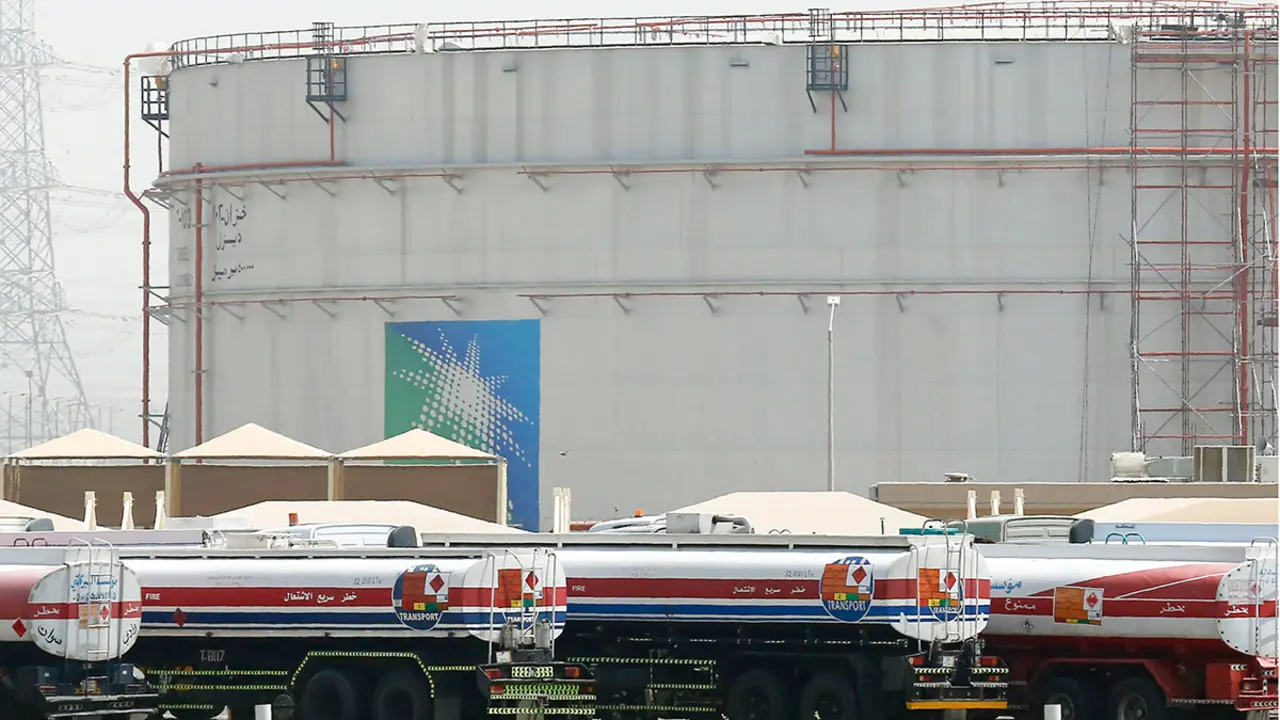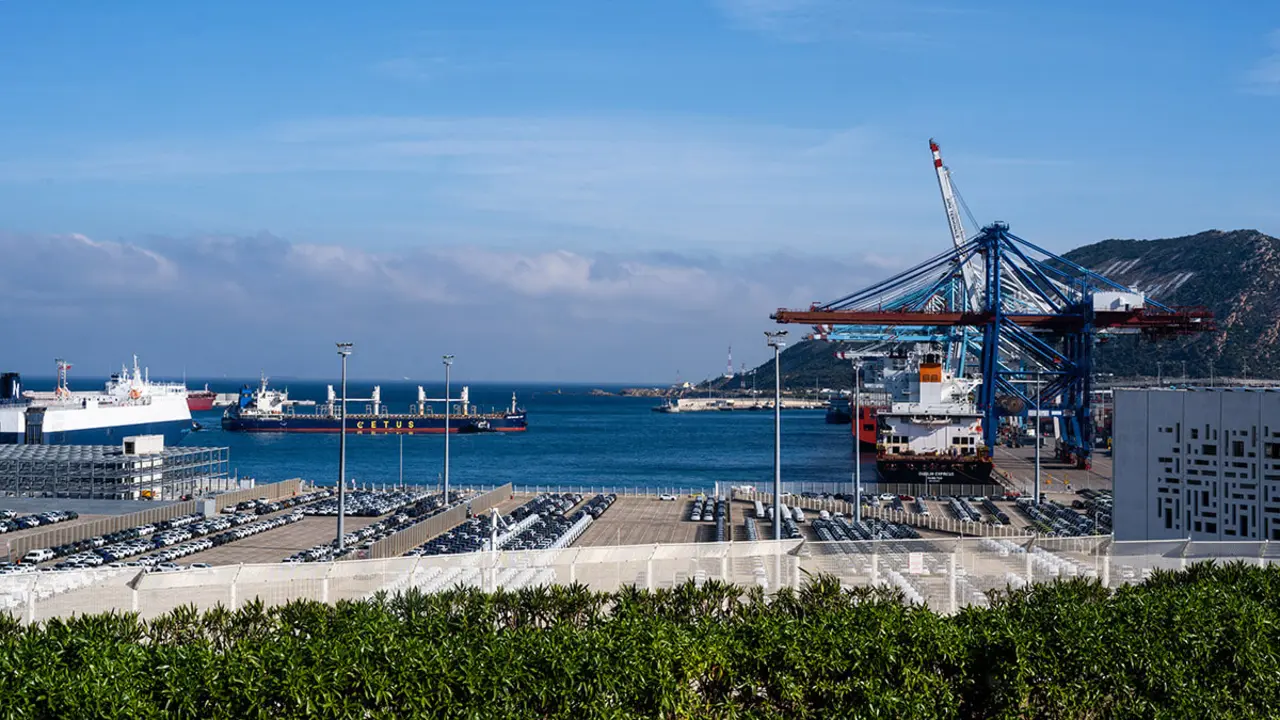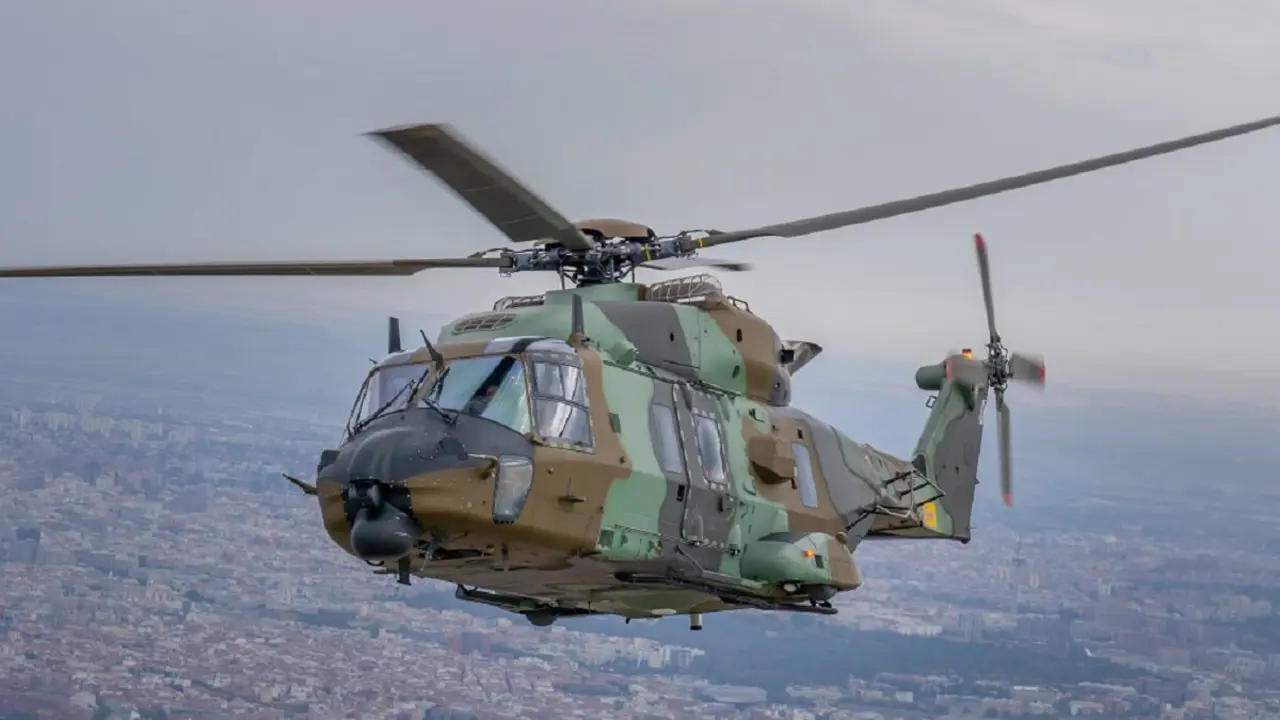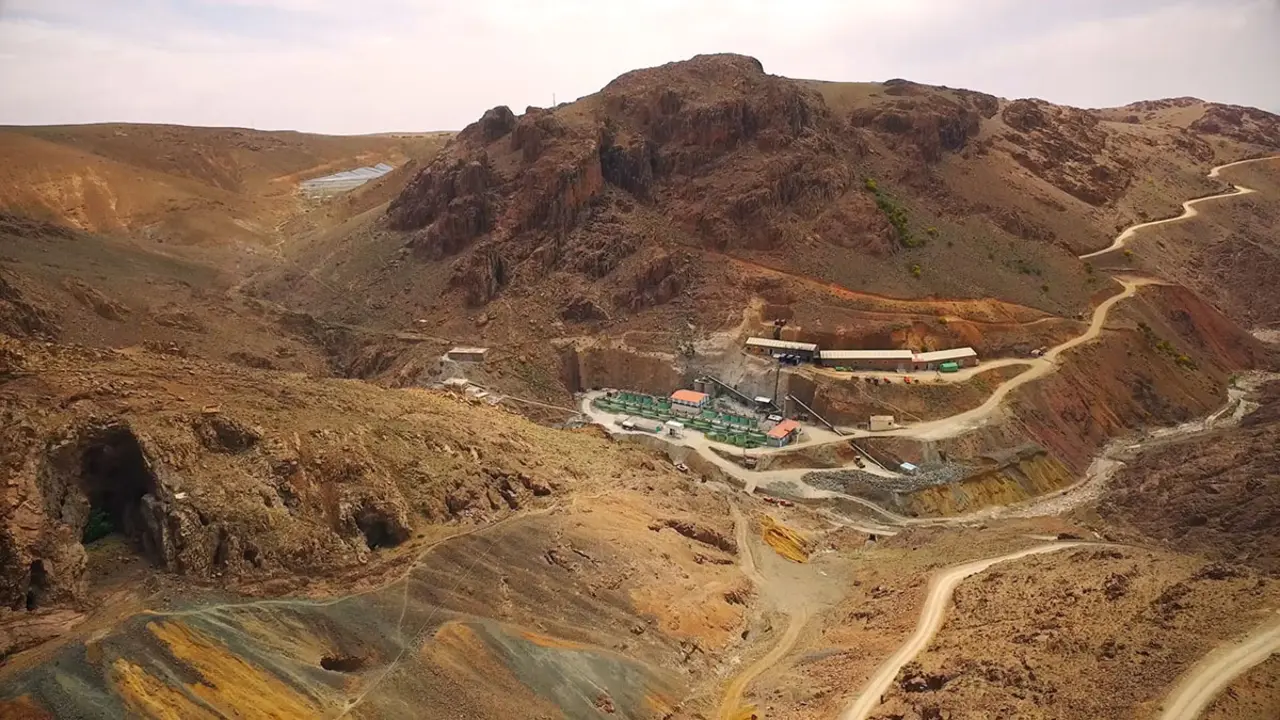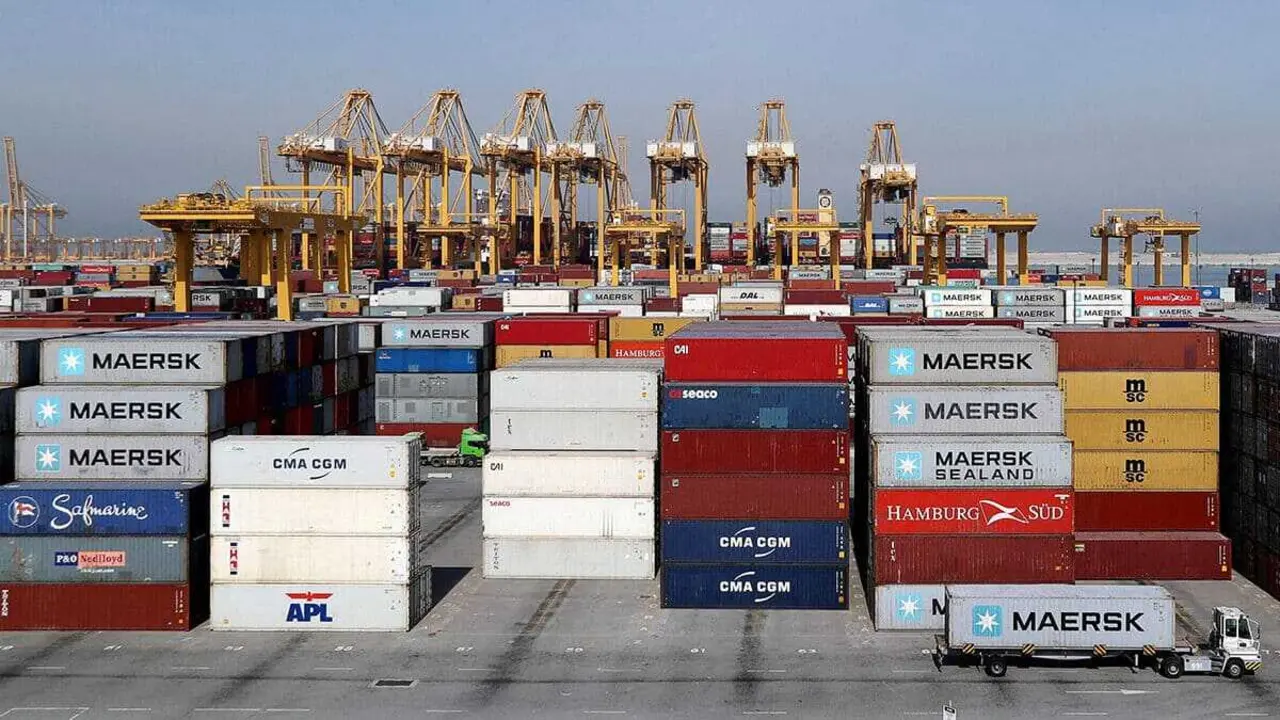Extenda brings Andalusia closer to the main aerospace contractors in the USA
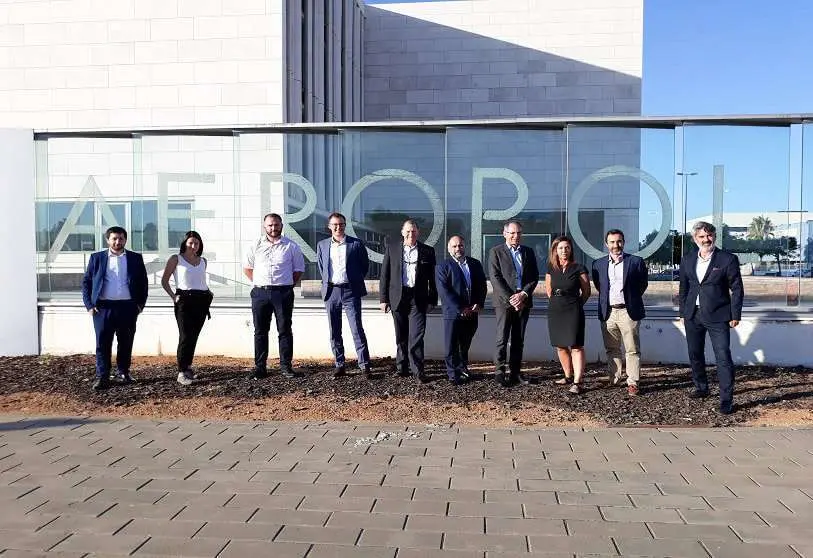
Extenda-Andalucía Exports and Foreign Investment organised a reverse trade mission on 19 and 20 October in Seville, in which 27 Andalusian companies from the aerospace sector presented their capabilities to a delegation of six US firms, including some of the world's leading aircraft manufacturers and super Tier 1s, such as Boeing, Collins Aerospace, Spirit Aerosystems, Zeus, Ga Telesis and Pilatus Aircraft. This mission was aimed at boosting synergies between the Andalusian aerospace cluster and these major contractors, in order to generate new business opportunities for the sector and diversify its portfolio, at a key moment for the revival of the industry worldwide.
The United States is the world leader in the aerospace sector, constituting a key pillar of the country's industry. It is a highly internationalised sector, with a globalised and complex value chain that spans all production segments: it develops and manufactures aeroplanes, helicopters, drones, spacecraft and rockets. It also has one of the two world leaders in commercial aviation, Boeing, and the largest purchaser of defence products, the U.S. Department of Defense (DoD).
In the long term, an expansionary cycle is expected in the US industry, only interrupted by temporary corrections, according to Extenda data. Thus, demand is expected to gain strength and reach an annual rate of 3%, driven by orders for large civil aircraft, growing global air traffic after the pandemic, the replacement of aircraft by a new generation of more efficient aircraft, and increased military spending, linked in part to the drone niche, which represent great opportunities for Andalusian firms, in addition to those linked to the new trend assimilated to the new space.
The CEO of Extenda, Arturo Bernal, praised the "excellent work carried out by the Andalusian aerospace cluster at this high-level meeting, giving visibility to the great potential and aeronautical tradition of our community, which make Andalusia one of the three most important aerospace hubs in Europe, generating employment and wealth".
He also stressed that at the meeting the Andalusian firms "have been able to learn from the voice of the main world contractors about the trends and opportunities offered by the American market to revive the sector after the pandemic". "This is a great reinforcement of the work carried out by Extenda professionals in the North American market to offer opportunities and support on the ground to Andalusian companies," he said.
Arturo Bernal stressed that the United States "is the world leader in the aerospace sector and will continue to be the main engine of growth in this industry, with high turnover and high diversification capabilities of European manufacturers for our main companies, which is why Extenda promotes actions like this". However, he pointed out that it is a "complex market, which requires strategy and the establishment of synergies with local companies, which is what has been pursued in this mission".
Within the framework of the business meeting, the large US OEMs and Tier1 participants met with representatives of the 27 Andalusian companies to learn about their portfolio and explore opportunities for collaboration, generating more than 120 b2b meetings. Thus, the commercial action began its activity on the 19th in a key infrastructure of the Andalusian cluster such as Aerópolis, the Aerospace Technology Park of Andalusia, where Extenda was able to present the characteristics of the aerospace sector and the investment opportunities that exist in Andalusia. The foreign companies also had time to present their current projects and future forecasts for their activity, followed by business meetings with the delegation of Andalusian firms.
On the second day, the foreign companies took advantage of their presence in Seville to make two visits organised by Extenda to the companies Alestis and Sofitec in the morning, to which were added, in the afternoon, those agreed directly in the business meetings of the previous day, in the provinces of Cadiz and Seville. This action was supported by the Extenda External Network offices in Los Angeles, Miami and New York.
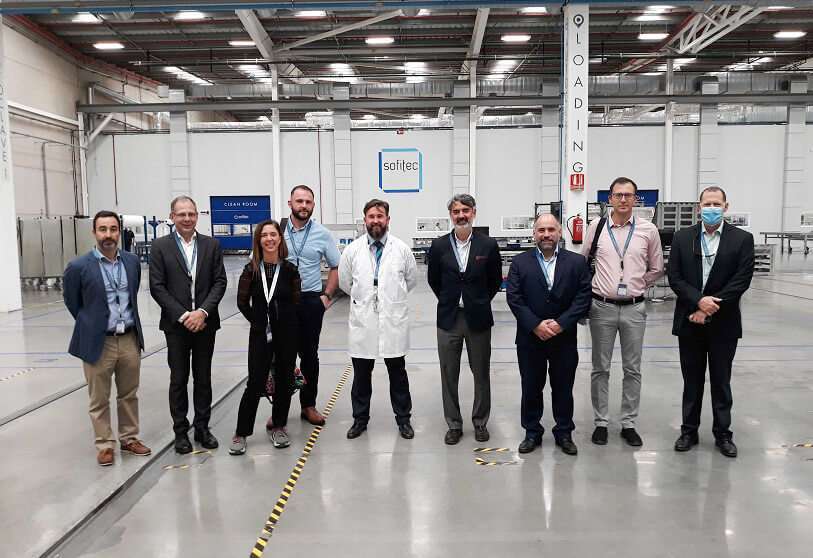
A large representation of the Andalusian sector participated in this trade meeting with the North American aerospace industry, with companies from Seville (Airgrup, Meupe, Inespasa, Simgi, Aciturri, Canagrosa, CESA, Alestis Aerospace, Galvatec, Sofitec, Indaero, Grupo Gazc, Ayesa, Atexis Spain, Aerotecnic Assembly, Tedcom, CITD Aerópolis, Sevilla Control, Hispano Aeronáutica, Systratec, TRC Composites, 3JIT and the Aerospace Business Association Andalucía Aerospace); Malaga (Mades, Aertec Solutions); and Cadiz (Titania and M&M).
The organisation of this action by Extenda will be co-financed with funds from the European Union through the ERDF Programme of Andalusia 2014-2020, with a community contribution of 80%, or any other European Programme likely to co-finance this action.
The United States makes up almost half of the global industry, as only a few countries in the world are capable of managing the full cycle of large commercial or combat aircraft (USA, Canada, Brazil, Russia, China, France, UK and Italy), and also some small but highly developed countries such as Sweden and Switzerland, which do so in certain segments of the military market.
The US aerospace industry has a large market. In 2018, the latest available data, it generated a turnover (excluding the space segment) of $212.4 billion and profits of $24 billion. Exports reached USD 120.5 billion, while imports, meanwhile, reached USD 57.261 billion and accounted for 38% of demand, in a growing trend in absolute terms and relative to demand.
The main market opportunities for Spanish companies are concentrated in the civil segment, due to the growth in demand for commercial flights. The drone niche is also growing, and its use is expected to expand from the military to the commercial field. In addition to this, military spending will increase in the coming years and the rise of new space.
The space segment, which includes missiles, generated $28.6 billion in 2018 and profits of $3.4 billion. Imports in this segment are lower, at $761m, and have a much smaller relative weight in demand, at 3%, due to regulations limiting trade in weapons or items that can be used as weapons and dual-use material. The new trend in the space sector is known as 'new space'. It consists of a new approach: cheaper and simpler satellites are launched, using non-space technology sold on a commercial basis. The trend has been made possible by drastically lower launch costs and miniaturisation. This means that satellites are no longer necessarily as complex, durable, and expensive, nor only accessible to governments, armed forces, large companies and space agencies.
The unmanned aerial vehicle (UAV) sector is set to become a key industry in the new generation of high-tech equipment. Associated in recent years mainly with military operations, compact versions are now increasingly operating in everyday life and the drone industry is fast becoming a multi-billion-dollar business as the benefits to be gained from their use become apparent.
The commercial drone market is expected to reach a value of US$17 billion by 2024, according to a research report by Global Market Insights, Inc. Moreover, the Federal Aviation Administration (FAA) estimates that drone sales will nearly triple in the next three years. This growth is driven by innovation in drone technology that is bringing new functionalities and applications beyond fun and entertainment, as well as increased venture capital investment in the sector.
Submitted by José Antonio Sierra, Hispanismo advisor.

